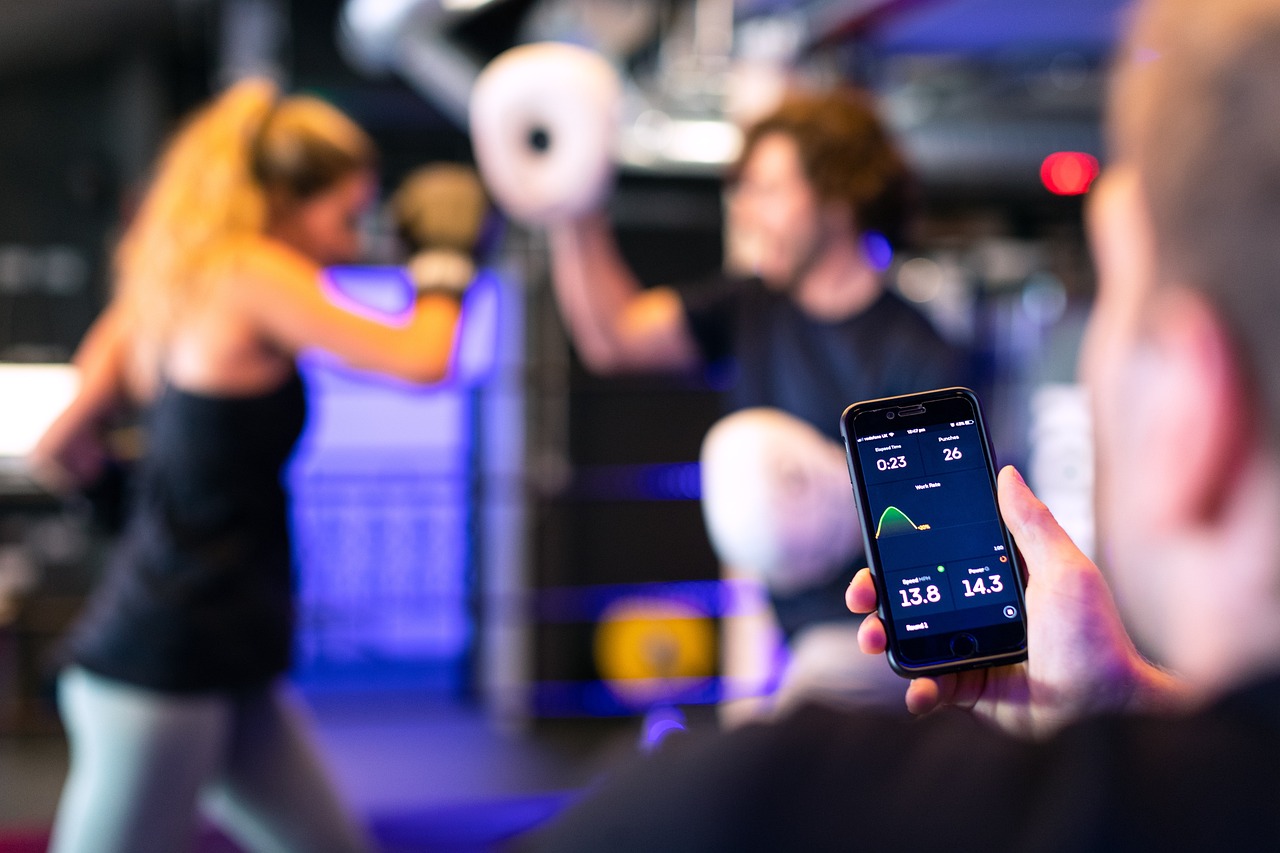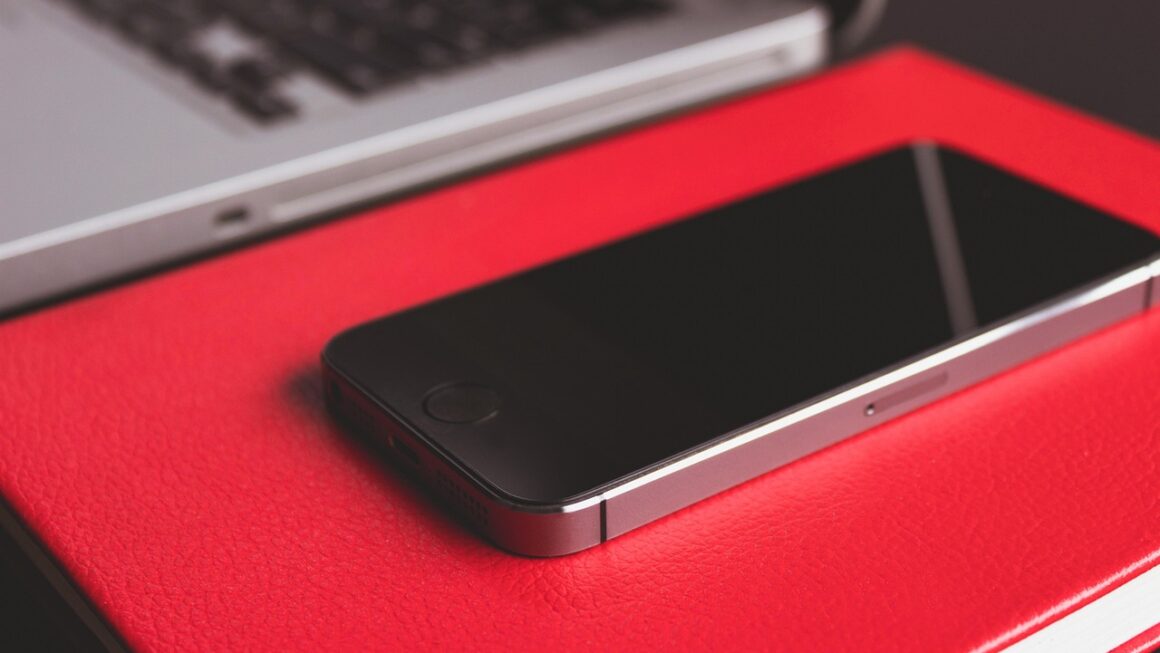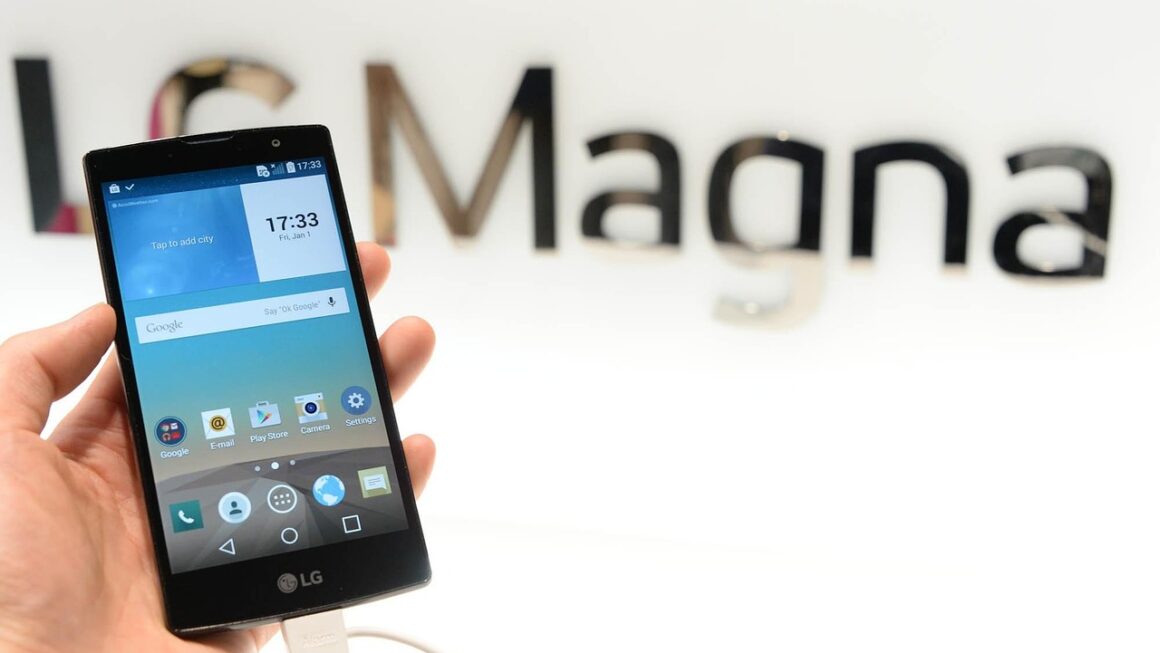3D printers have revolutionized manufacturing, design, and countless other fields. What was once a futuristic concept is now a tangible reality, accessible to hobbyists, entrepreneurs, and large corporations alike. This technology allows for the creation of three-dimensional objects from digital designs, offering unprecedented customization and efficiency. Let’s delve into the world of 3D printers, exploring their types, applications, benefits, and the future they hold.
Understanding 3D Printing Technology
3D printing, also known as additive manufacturing, builds objects layer by layer from a digital design. Unlike traditional subtractive manufacturing methods that remove material to create a shape, 3D printing adds material only where needed, minimizing waste and enabling complex geometries.
The 3D Printing Process
- Design: The process begins with a 3D model created using Computer-Aided Design (CAD) software. These designs are then exported in a format readable by the 3D printer, typically an STL file.
- Slicing: The STL file is then processed by slicing software, which divides the 3D model into thin horizontal layers. This software also generates instructions for the printer, specifying the path and parameters for each layer.
- Printing: The 3D printer then builds the object layer by layer, following the instructions generated by the slicing software. The specific method of adding material varies depending on the type of 3D printing technology used.
- Post-Processing: Once the printing process is complete, the object may require post-processing, such as removing supports, sanding, painting, or other finishing steps.
Types of 3D Printing Technologies
Several different 3D printing technologies exist, each with its own advantages and disadvantages. The most common types include:
- Fused Deposition Modeling (FDM): This is the most widely used type of 3D printing, especially for hobbyists and small businesses. FDM printers extrude molten plastic filament through a nozzle to build the object layer by layer. Example: Creating custom phone cases or prototype parts.
- Stereolithography (SLA): SLA printers use a laser to cure liquid resin, layer by layer. This technology produces highly accurate and detailed parts. Example: Manufacturing dental models or jewelry prototypes.
- Selective Laser Sintering (SLS): SLS printers use a laser to fuse powdered material, such as nylon or metal, into a solid object. This technology is commonly used for industrial applications. Example: Creating functional prototypes or end-use parts for aerospace.
- Material Jetting: This technology jets droplets of photopolymer resin onto a build platform, which are then cured by UV light. It allows for multi-material printing and high resolution. Example: Producing realistic prototypes with varying textures and colors.
The Benefits of Using 3D Printers
The adoption of 3D printing technology is driven by its numerous advantages over traditional manufacturing methods. These advantages include:
Rapid Prototyping
- Reduced Time to Market: 3D printing allows designers and engineers to quickly create physical prototypes, test their designs, and iterate on them in a fraction of the time it would take with traditional methods.
- Cost-Effective Design Validation: Creating prototypes using 3D printing is significantly cheaper than using traditional methods, such as machining or injection molding.
- Example: A product design team can print multiple iterations of a new handle design in a single day, allowing them to quickly identify the most ergonomic and functional option.
Customization and Personalization
- On-Demand Manufacturing: 3D printing enables the creation of customized products tailored to specific customer needs. This is particularly valuable for industries such as healthcare, where personalized prosthetics and implants can improve patient outcomes.
- Mass Customization: The ability to produce unique items without the need for large production runs opens up new possibilities for mass customization, allowing companies to offer products that are tailored to individual preferences.
- Example: A company can offer custom-fit insoles for shoes, based on a 3D scan of the customer’s feet.
Cost-Effectiveness
- Reduced Material Waste: Additive manufacturing minimizes material waste by only using the material necessary to build the object.
- Lower Production Costs for Small Batches: 3D printing can be more cost-effective than traditional manufacturing methods for small production runs, as it eliminates the need for expensive tooling and setup costs.
- Example: A small business can produce custom-designed gears in small quantities for specialized machinery without the need for expensive molds or tooling.
Design Freedom
- Complex Geometries: 3D printing enables the creation of objects with intricate geometries that would be impossible or prohibitively expensive to produce using traditional methods.
- Lightweight Structures: 3D printing allows for the creation of lightweight structures with optimized strength-to-weight ratios, which is particularly valuable for industries such as aerospace and automotive.
- Example: An architect can design and print a scale model of a building with complex curves and intricate details that would be difficult to create using traditional model-making techniques.
Applications of 3D Printers Across Industries
3D printers have found applications in a wide range of industries, transforming how products are designed, manufactured, and distributed.
Aerospace
- Lightweight Components: 3D printing is used to create lightweight components for aircraft, such as brackets, ducts, and engine parts, reducing weight and improving fuel efficiency.
- Custom Tooling: 3D printing allows for the creation of custom tooling and fixtures, reducing lead times and improving manufacturing efficiency.
- Example: Boeing uses 3D-printed parts in its aircraft, reducing weight and improving performance.
Healthcare
- Personalized Implants and Prosthetics: 3D printing enables the creation of personalized implants and prosthetics that are tailored to the specific anatomy of each patient.
- Surgical Planning Models: 3D-printed models of organs and bones allow surgeons to plan complex procedures in advance, improving accuracy and reducing risks.
- Example: Doctors can 3D print a replica of a patient’s heart to plan a complex surgery, allowing for greater precision and better outcomes.
Automotive
- Prototyping and Tooling: 3D printing is used for rapid prototyping of new car parts and for creating custom tooling and fixtures.
- Custom Car Parts: 3D printing allows for the creation of custom car parts, such as spoilers, dashboards, and interior trim.
- Example: BMW uses 3D printing to create customized parts for its vehicles, allowing customers to personalize their cars to their specific preferences.
Education
- Hands-On Learning: 3D printers provide students with hands-on learning experiences in design, engineering, and manufacturing.
- Creating Educational Models: Teachers can use 3D printers to create educational models of complex objects, such as cells, molecules, and historical artifacts.
- Example: A science teacher can print a 3D model of a DNA molecule to help students understand its structure and function.
Choosing the Right 3D Printer
Selecting the right 3D printer depends on several factors, including the intended use, budget, and material requirements.
Key Considerations
- Printing Technology: Consider the different 3D printing technologies (FDM, SLA, SLS, etc.) and choose the one that best suits your needs.
- Build Volume: The build volume determines the maximum size of the objects you can print.
- Material Compatibility: Ensure that the 3D printer is compatible with the materials you intend to use.
- Resolution and Accuracy: The resolution and accuracy of the 3D printer determine the level of detail and precision you can achieve.
- Price: 3D printers range in price from a few hundred dollars to tens of thousands of dollars.
- Example: For a hobbyist interested in printing small plastic parts, an FDM printer with a build volume of 200 x 200 x 200 mm would be a good starting point. For a dental lab producing highly accurate dental models, an SLA printer would be a better choice.
Tips for Beginners
- Start with a Simple Project: Begin with a simple 3D printing project to learn the basics of the technology.
- Learn the Slicing Software: Understanding how to use slicing software is essential for preparing your 3D models for printing.
- Experiment with Different Materials: Experiment with different materials to understand their properties and limitations.
- Join a 3D Printing Community: Connect with other 3D printing enthusiasts to share knowledge and get help with troubleshooting.
Conclusion
3D printing is a transformative technology that is revolutionizing industries and empowering individuals. From rapid prototyping to personalized manufacturing, the applications of 3D printers are vast and growing. As the technology continues to evolve, we can expect to see even more innovative uses for 3D printing in the years to come. By understanding the basics of 3D printing, its benefits, and its applications, you can harness its power to create new possibilities and drive innovation in your own field. Whether you’re a hobbyist, entrepreneur, or engineer, 3D printing offers a world of opportunities to explore.




